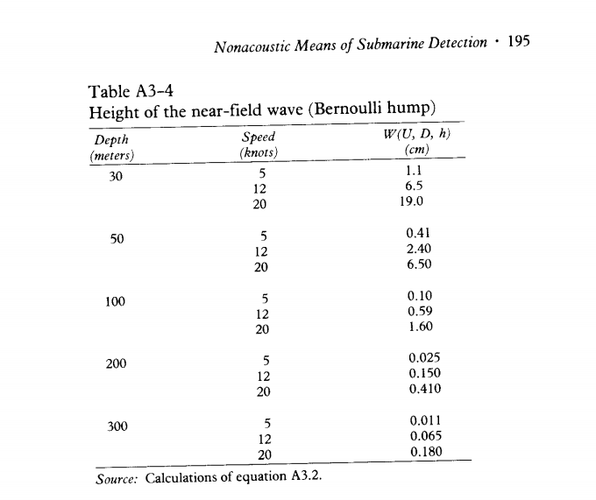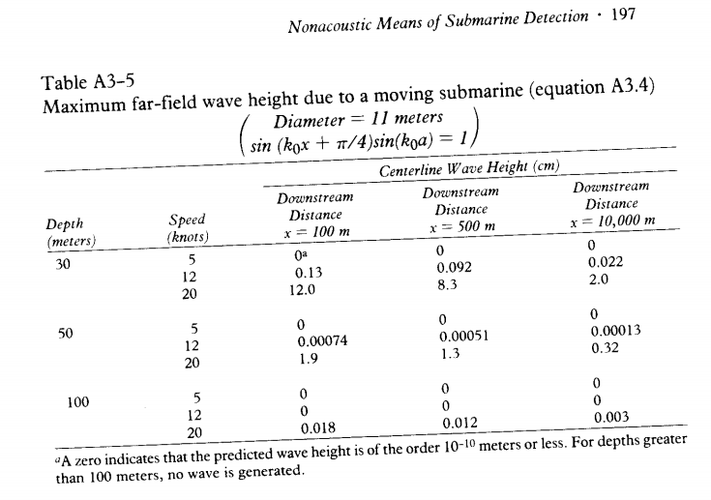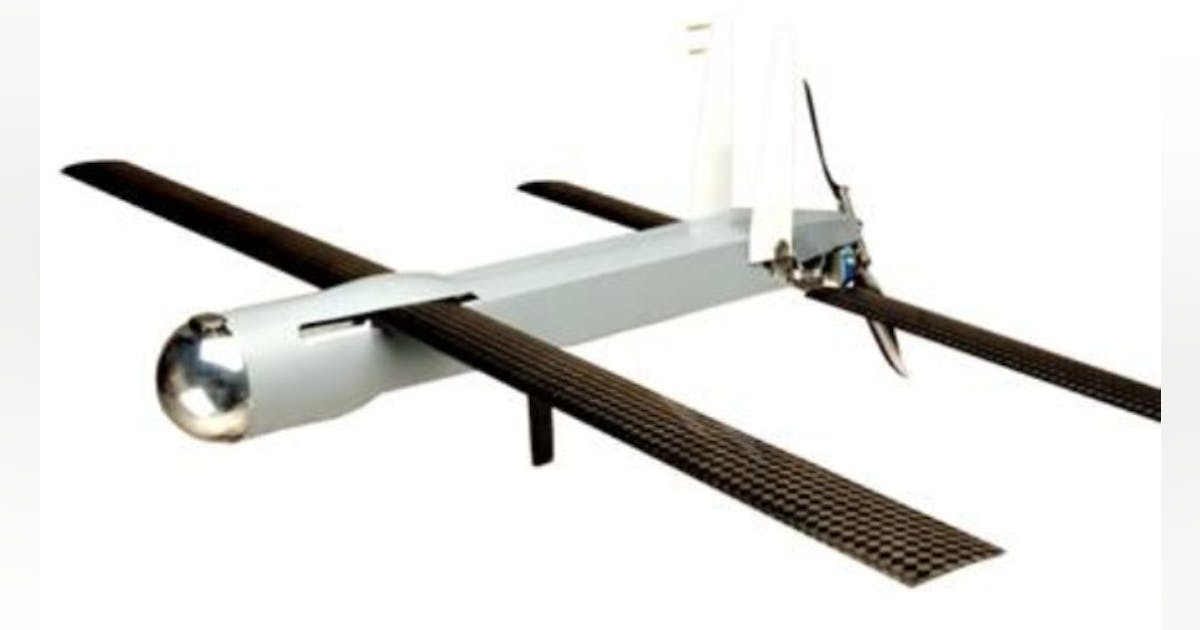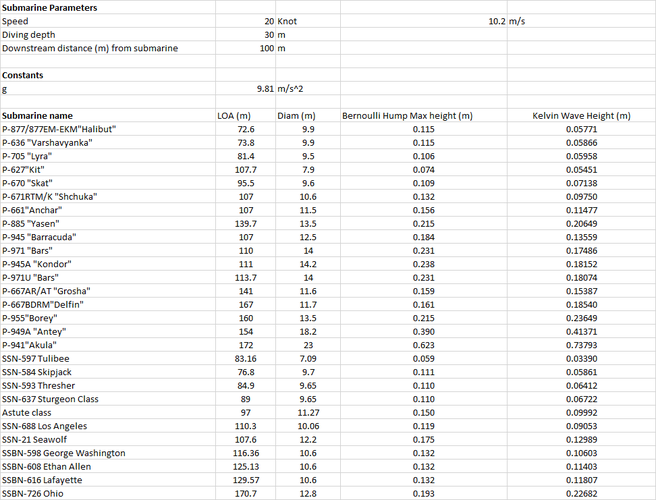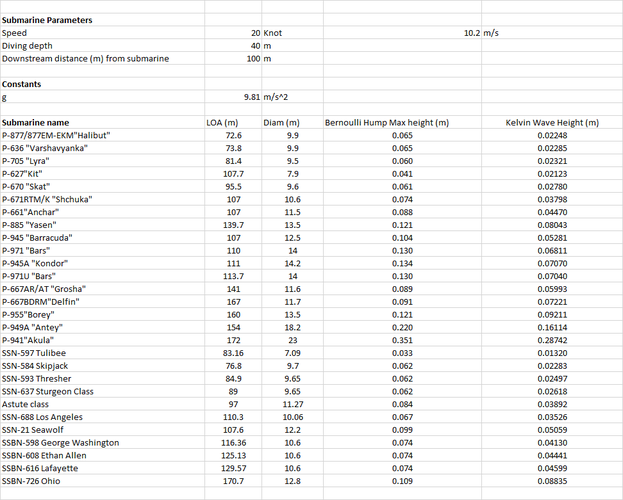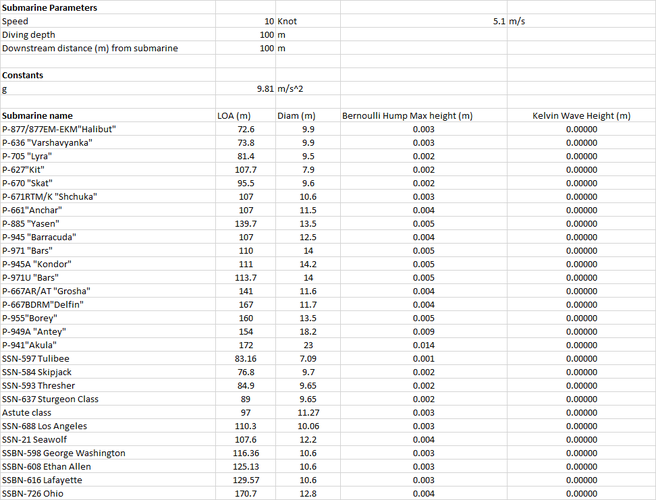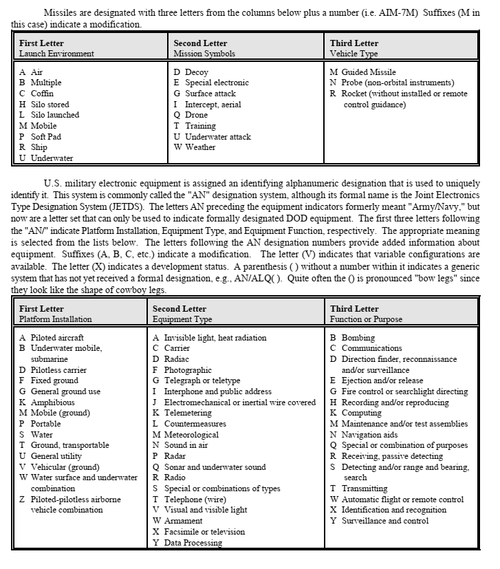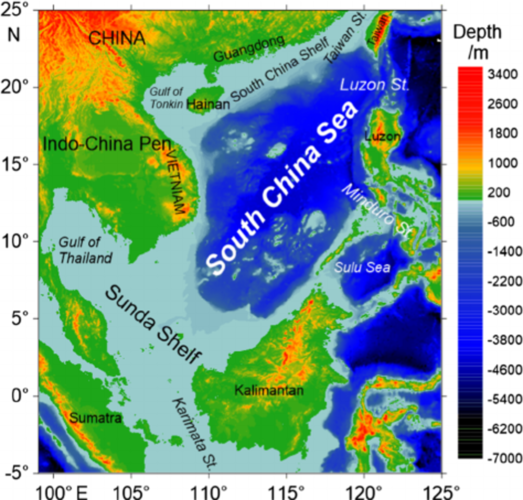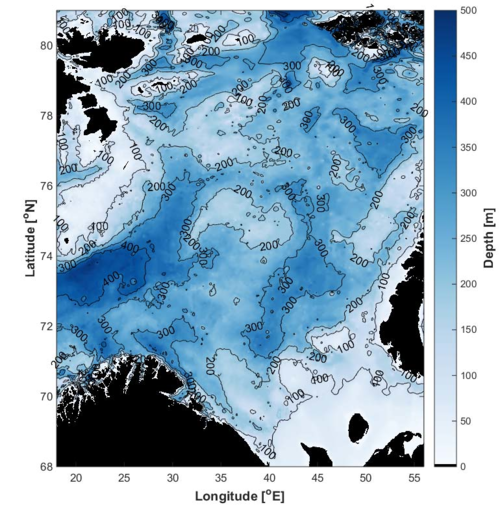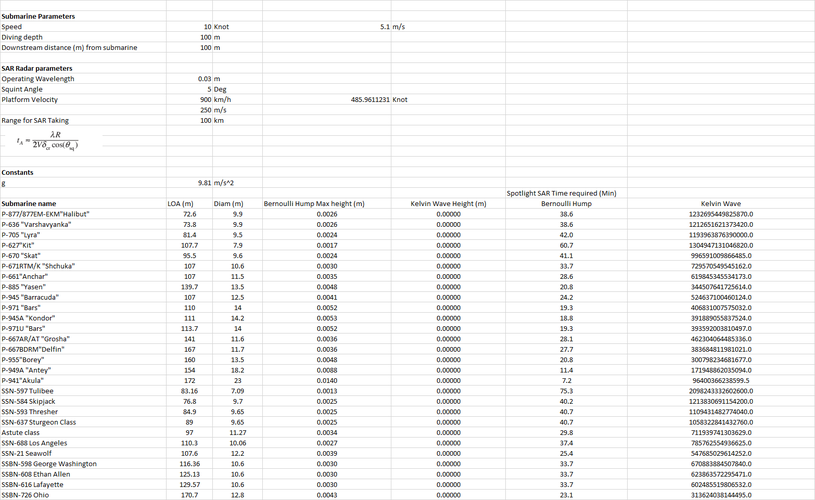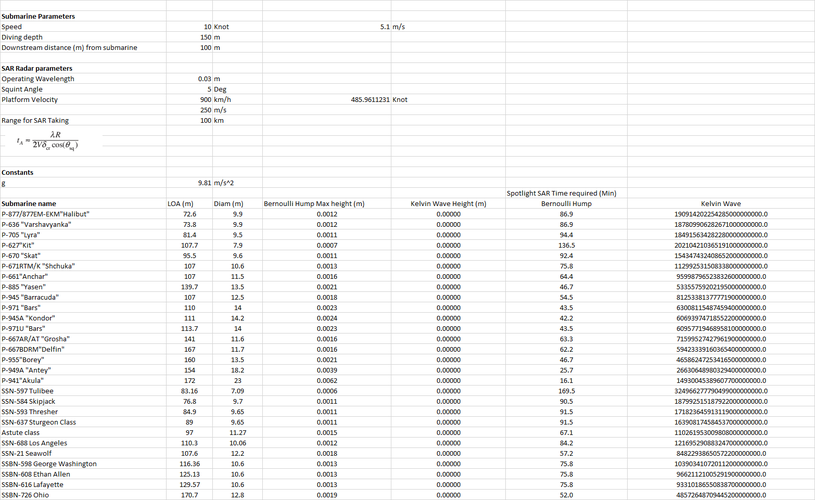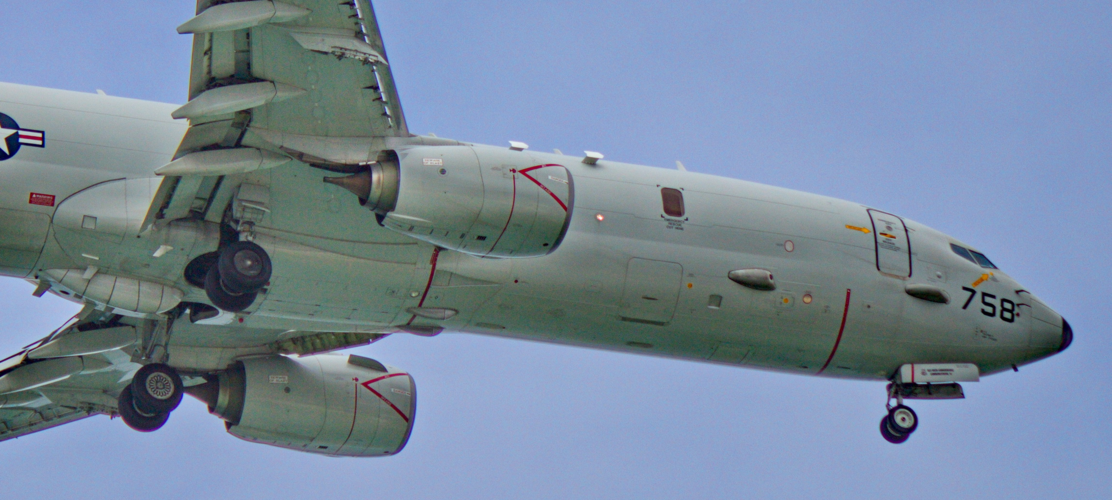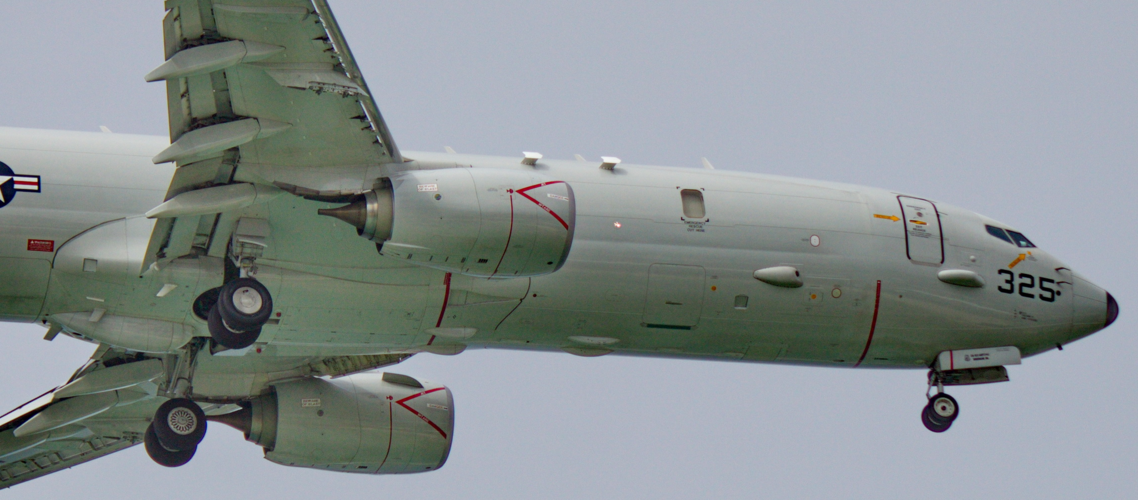Forest Green
ACCESS: Above Top Secret
- Joined
- 11 June 2019
- Messages
- 9,521
- Reaction score
- 17,441
Submarines May Have Nowhere To Hide With U.S. Navy Set To Field Radical New Radar
The U.S. Navy may gain the ability to locate submarines from the air as a radical new radar finally moves into the deployment phase.The Raytheon AN/APS-154 Advanced Airborne Sensor (AAS) is a giant radar mounted in a pod under the Boeing P-8A Poseidon maritime patrol aircraft. It’s a solid-state ultra-fast electronically-scanned array: unlike the old rotating-dish radar under a dome, it has no moving parts and moves at the speed of digital.
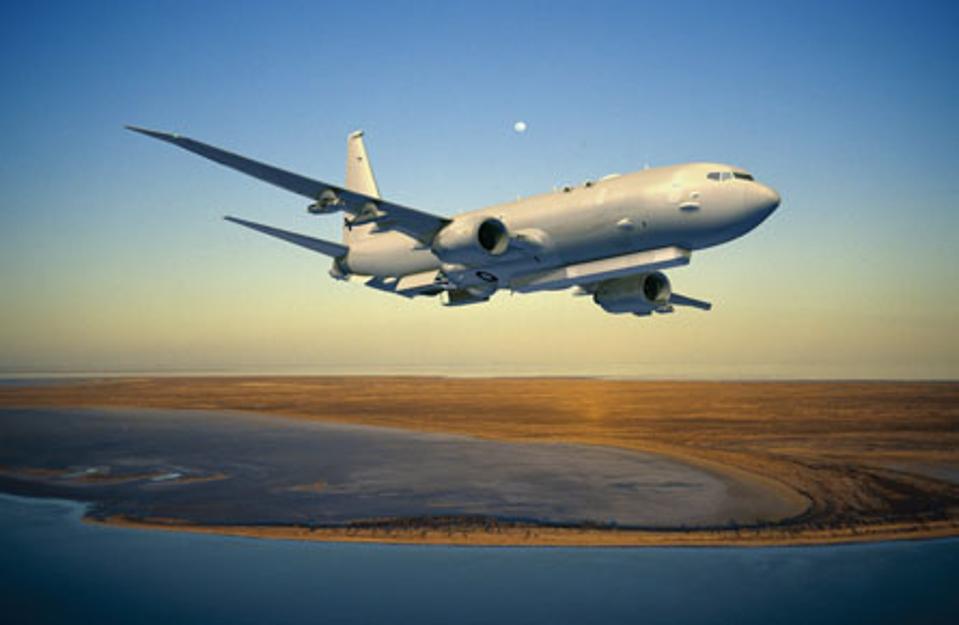
The AAS is the rectangular box on the aircraft's belly. In operation it is lowered beneath the ... [+]
Boeing
When in use, a hydraulic arm lowers the pod clear of the aircraft’s engines, giving it a clear 360-degree view of the sea below in all directions. The project came out of the highly classified "black" world, and details are still shadowy. We do know, however, that it can operate in a variety of different modes, from scanning broad areas to shooting a tight beam of energy to take a high-resolution radar snapshot from long range, or tracking multiple moving objects as small as individuals on foot. It provides monochrome images with photograph-like resolution in all weathers, through clouds and in darkness.
The sensor has been in development since 2009 with flight testing since 2014. Operational testing has been budgeted to continue through the current fiscal year. No updates have been issued although this January the Navy announced it was working on maintenance training systems for the AAS, suggesting that they were expecting deployment soon.
Last week Steve Trimble of Aviation Week noted that a seemingly routine press release about a change of commanders at the U.S. naval base at Point Mugu included one fascinating detail – that the outgoing commander had “shepherded the ACAT-ID AAS Radar program through its Milestone 'C' Decision and Operational Test Readiness Review.”
Completing Milestone C means that the AAS is now ready for deployment.
Many commentators have seized on the AAS’ ability to spot, identify and track targets on land, suggesting that it may be able to do this job better than the Air Force’s E-8 Joint STARS intended for the role. The system can not only find targets, but it can also pass coordinates directly via datalink to another aircraft so it can engage the target instantly with a bomb or missile.
However, the real significance of the AAS may lie in the Poseidon’s strategic raison d’etre: anti-submarine warfare.
Radar does not penetrate water, so finding subs from the air is usually a matter of dropping sonar buoys. These have a limited range and even an aircraft as big as the Poseidon – it is essentially a repurposed Boeing 737 airliner — only carries a limited supply. Hence the Navy has long had a great interest in ‘non-acoustic’ methods of finding submarines.
However slowly it travels, an 18,000-ton, 500-foot-long submarine moves a lot of water as it goes, and that generates a wake. On the surface, the wake is invisible to the human eye, lost in the random pattern of the waves. But that does not mean that more subtle sensors cannot pick it out. The challenge is having a sensor with high enough resolution and sufficient data processing capacity to extract the faint signal from the mass of background noise.
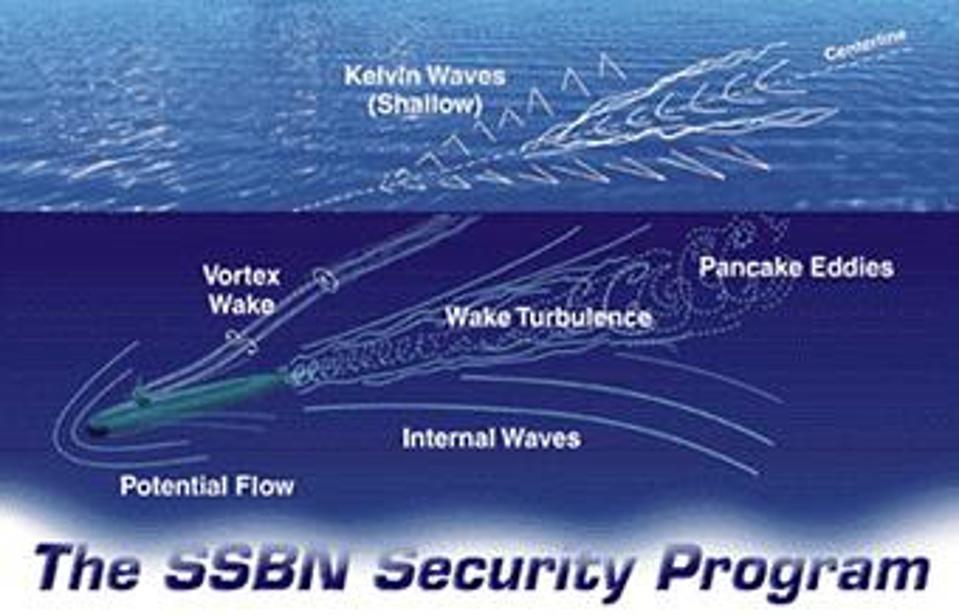
A moving submarine leaves several types of wake which may be detectable in the surface
US Navy
The Navy's Non-Traditional Airborne Anti-Submarine Warfare (ASW) System seeks to do just that, giving the Poseidon a new methods of tracking submarines without new hardware. Instead, it will use “on-board non-expendable technologies including AN/APY-10, MX-25, AESA Radar, SAR, and others” to scan the sea surface from altitudes of up to 60,000 feet for the tell-tale traces of underwater activity, or what the developers call “target/environment interactions.”
Work on wake-tracking goes back decades. Wakes are easiest to detect underwater, and the Russians have fielded a variety of wake trackers known as SOKS on their submarines over the years, with the UK recently following suit. Spotting wakes on the surface though is a far more challenging prospect, one that is likely to involve Deep Learning processes digesting mountains of radar images to find out what a genuine trace looks like. It may not be possible with current hardware. The Chinese have also been busy in this area lately – but so far lack anything as sophisticated as the AAS to carry it out.
Spotting submarine wakes by radar is an ambitious undertaking. If successful though, it would mean that a P-8A Poseidon could rapidly cover tens of thousands of square miles, locating not just anything above the water but anything underneath it. Coupled with suitable software, AAS might leave submarines nowhere to hide — and that really would be disruptive technology.

